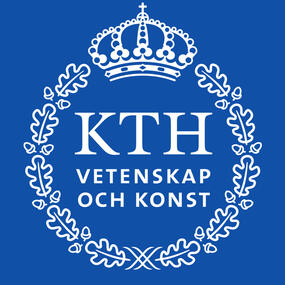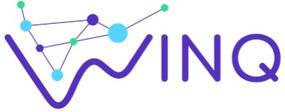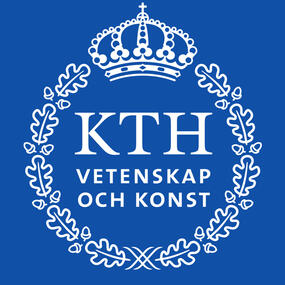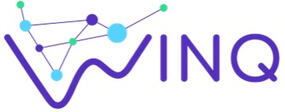BRAINNET+ 2024

Brainnet + Interpretable brain data workshop
In-person & Virtual
13-15 May, 2024, Stockholm, Sweden

View of Stockholm-170351.jpg from Wikimedia Commons by Jonatan Svensson Glad, CC-BY-SA 4.0
Topics
Neuroscience - Complex Networks - Dynamical Models - Functional Connectivity - Machine Learning - Statistical Analysis
Electro/magneto-encephalography (E/MEG) - Magnetic Resonance Imaging (MRI)
About
Human brain data is complex, and the process of going from raw recordings to meaningful information is highly non-trivial. Information processing in the brain is distributed over a wide range of scales, both spatial and temporal. Moreover, working with neural data involves dealing with large amounts of data that are typically noisy and have many subject-specific properties. To overcome these difficulties and generate meaningful knowledge from brain recordings, experts from different fields must work together.The BrainNet workshop brings together researchers working on the analysis or modeling of human brain recordings, with a particular focus on electroencephalography (E/MEG) and magnetic resonance imaging (MRI) data. It aims to foster collaboration among participants who employ, or are interested in employing, methods derived from Complex Networks, Statistics, Dynamical Systems, Topology, Machine Learning, or a combination of these disciplines.
WORKSHOP PROGRAM
The workshop will consist of:
Keynote speaker presentations: Longer presentations by established researchers giving an overview of their area of research.
Invited speaker presentations: Talks given by researchers presenting their latest results.
Contributed talks: Selected from abstracts submitted by participants interested in presenting at the workshop.
Flash talks: Short 5-minute talks that all participants should give to introduce themselves and the topics they are working on or are interested in.
Keynote Speakers

David Dahmen
Institute for Advanced Simulation, Research Centre JülichGoogle Scholar
Talk Title:: Physics approaches to the collective dynamics of heterogeneous neural networksAbstract: The brain is an immense network of neurons, whose dynamics underlie its complex information processing capabilities. A neuronal network shares many features with disordered systems in physics, as it is composed of many constituents that interact heterogeneously and in a nonlinear fashion. In this talk, I demonstrate how to use field-theoretic tools from statistical physics to study the dynamical and functional consequences of network heterogeneity and obtain predictions for spatio-temporal correlation patterns, the hallmarks of collective behavior in biological and artificial neural networks. I further compare these predictions to recordings of parallel spiking activity in different cortical areas.
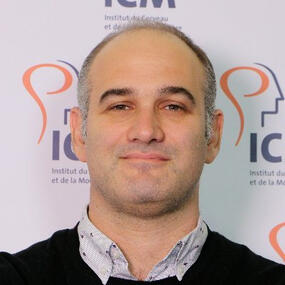
Jacobo Diego Sitt
Paris Brain Institute (ICM), INSERM, ICM institute, Pitie-Salpetriere HospitalGoogle Scholar
Talk Title:: Latest Developments in Neurophysiology of States of Consciousness: From Mechanistic Principles to Novel Diagnostic and Therapeutic ToolsAbstract: Uncovering the neural mechanisms that allow conscious access to information is a significant challenge of neuroscience. An incomplete list of still open questions includes: What are the necessary brain computational properties to permit access to a stream of conscious content? What is the relationship between conscious perception, self-awareness, and multisensory processing of bodily signals? How do these processes change when the brain transitions to an ‘unconscious’ state (like sleep, anesthesia, or pathological conditions)? Can we externally trigger state-of-consciousness (SOC) transitions through stimulation? In this presentation, I will present my work focusing on these relevant scientific and clinical questions.I will present our latest developments, including different pre-clinical and clinical experimental models (brain injuries and/or anesthesia), neuroimaging methods (EEG, fMRI, or brain/body interactions) and stimulation techniques (tES, auditory/somatosensory/visual stimulation). Overall, I will try to demonstrate that the integration of multimodal neural information provides critical information to characterize the state-of-consciousness in physiological
and pathological conditions and might help to predict novel optimal therapeutic strategies.

Marcel Oberlaender
Max Planck Institute for Neurobiology of BehaviorGoogle Scholar
Talk Title: Towards brain-wide simulations of sensation and perception in rodentsAbstract: My research aims to unravel cellular and circuit mechanisms by which the cerebral cortex transforms sensory signals into perception, and ultimately into behavior. To achieve this ambitions goal, my lab develops anatomically and functionally realistic models of the thalamocortical, cortical and subcortical circuits in the rodent brain that process tactile information from the facial whiskers. Based on these models, we perform multi-scale simulations to mimic empirically observed signal flows during whisker-based behaviors. With these simulations, we disentangle in silico – and then test via manipulations in vivo – how the interplay between cellular and circuit mechanisms implements tactile sensation, perception, and behavior.
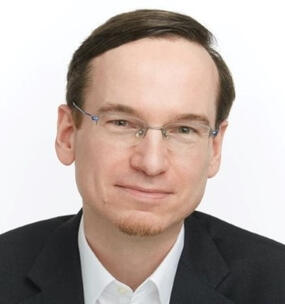
Marcus Kaiser
Professor of Neuroinformatics, School of Medicine, University of Nottingham, UK
Visiting Professor, Shanghai Jiao Tong University, China
Google Scholar
Talk Title:: The Human Connectome in Health and Disease: How the Spatial Organisation of Brain Networks Influences CognitionAbstract: The complete set of connections in the brain is called our connectome. Over the last 20 years we have found out more about how this network is organised. I will outline some characteristic network features, their link with brain function, and how they differ for some brain disorders. In particular, I will highlight the impact of the spatial organisation of brain networks and the role of delays on brain dynamics and brain performance. Finally, I will outline how interventions based on connectome information and computational models might be able to improve cognitive function for brain and mental health conditions.
Invited Speakers
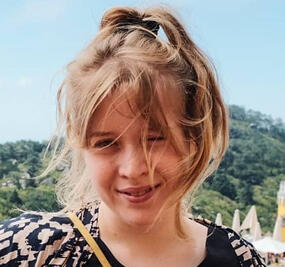
Linnéa Gyllingberg - Ph.D. candidate at Centre for Interdisciplinary Mathematics, Uppsala UniversityGoogle Scholar
Talk Title:: Beyond Neurons: Modelling Basal Cognition in Slime MouldsAbstract: Building mathematical models of brains is difficult because of the sheer complexity of the problem. One potential approach is to start by identifying models of basal cognition, which give an abstract representation of a range of organisms without central nervous systems, including fungi, slime moulds and bacteria. In this talk, I will first discuss the cognitive abilities of the true slime mould, Physarum polycephalum. Despite being an acelluar orgnaism, the true slime mould demonstrates habituation, finds shortest paths between food sources, and anticipates periodic events. I will then present a model for basal cognition that combines oscillatory and current-based reinforcement processes to mimic some of the cognitive abilities observed in slime moulds and other organisms demonstrating basal cognition.

Lou Zonca - Universitat Pompeu FabraGoogle Scholar
Talk Title:: Modeling Disorders of Consciousness in a reduced dimensional space and calibration at the individual patient levelAbstract: Disorders of Consciousness (DoC) regroup a wide spectrum of conditions ranging from coma to more aware (awake) states of consciousness but for patients which remain largely unable to communicate. Although there are universal clinical procedures, such as the Glasgow coma scale (GSC), to assess the level of consciousness of a DoC patient, precise diagnosis and prognosis remains a challenge. In this talk, I will discuss my current work regarding the development of DoC mathematical models calibrated at the single-patient level. The ultimate goal is to use these models as digital twins to propose better biomarkers, enhance prognosis, and test potential therapeutic approaches using numerical simulations.I will present my latest results regarding the construction of a modeling pipeline that takes DoC patients' fMRI resting state data as an input and provides automatically fitted mathematical models for each patient. The pipeline is decomposed as follows: first, the data is first projected into a latent-space of optimal reduced dimension that I will describe. Second, in this latent-space, I implement an automatic parameter fitting procedure that can be applied to different mathematical models. I will present two models: (1) the Hopf model, which can be seen as a network of noisy oscillators, which is known to provide good results for fMRI modeling but whose biological interpretation is limited. (2) The AHP model, based on synaptic short term plasticity and neuronal bursting afterhyperpolarization, whose biological interpretation is more straightforward but also more difficult to calibrate. I will discuss my current results, their interpretation and the limitations and challenges presented by each approach. Finally, I will discuss the next steps of the pipeline, which is a work in progress, in particular how we can use the fitted models to investigate and test promising therapeutic procedures.
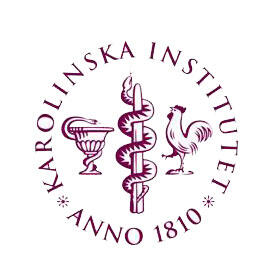
Marika Strindberg - Department of Clinical Neuroscience, Karolinska InstitutetGoogle Scholar
Talk Title:: Community detection and time resolved networks in fMRI dataAbstract: I will discuss the key points of a method for time resolved connectivity analysis in fMRI data where networks are represented as collections of spatiotemporally flexible subnetworks. This method is based on combining instantaneous phase information and community detection. I will also introduce a novel community detection (clustering) algorithm for fMRI data where communities are identified based on phase relationships. This algorithm provides a simple overview of the gradual changes in network configurations over time as well as levels of integration and segregation between networks.

Onerva Korhonen
Postdoctoral Researcher, Aalto University, Finland
University of Eastern Finland, Finland
Google Scholar
Talk Title:: Brain networks: why, what, how - and how not?Abstract: Brain function relies on connectivity. Thus, a complex network, or a system of nodes connected by links, appears as a natural model for the brain. However, finding an optimal network model for brain function is not straightforward. I will review the best practices for constructing functional brain networks and demonstrate how to tackle common methodological issues such as suboptimally defined nodes or incorrect assumptions of temporal stability. Further, I will discuss the limits of the brain network model in a broader philosophical context, addressing the fundamental but often ignored question: to what extent is the human brain a network?
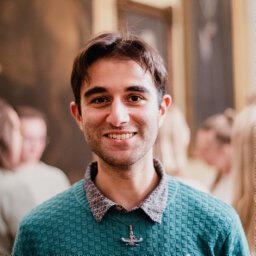
Ramtin Mehraram - Ph.D.
Google Scholar
Talk Title:: Brain connectomics and acquired disorders: dementia and post-stroke aphasiaAbstract: The most common approach to diagnose acquired neurological disorders consists of behavioral assessment. Nevertheless, this often lacks objectivity and ecological validity, leading to inaccurate diagnostic outcomes and consequent ineffective treatment. Research on biomarkers, such as EEG-detected brain dynamics, aims at addressing this issue. Connectomics appears to be a powerful approach and allows to infer further insights into pathological processes. In this presentation I will discuss with you on my recent contribution to research projects concerning alteration of brain functional connectivity in dementia and post-stroke aphasia and will guide you through rationales, methodological choices and obtained results.
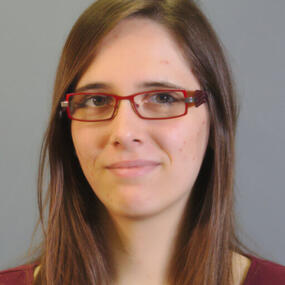
Sandra Nestler - Research Centre Jülich and RWTH Aachen University, GermanyGoogle Scholar
Talk Title:: Analytical exploration of non-linear dynamics: Perturbative perspectivesAbstract: The capabilities of neural networks are linked to their non-linear interactions, posing challenges for thorough analysis. In this talk, we investigate perturbative expansions of non-linear dynamical systems, including recurrent neural networks, to uncover their complex behaviors. By approximating the cumulants of dynamical variables, we provide analytical expressions for these key features of the dynamic's statistical properties. We will find application of this technique in unfolding the recurrent dynamics of an artificial neural network for optimized reservoir computing and facilitate the generation of synthetic data with controlled statistical properties.

Fabian Sinzinger - PhD Student, KTH Royal Institute of TechnologyGoogle Scholar

Kristoffer N T Månsson - Karolinska InstitutetGoogle Scholar
Talk Title:: Examining the reliability and validity of neural variability in psychiatric neuroimagingAbstract: Neural responses exhibit considerable variability, reflecting dynamic brain function. Despite its potential significance, this variability is often overlooked or dismissed as noise within the neuroimaging literature. This presentation will delve into findings from functional magnetic resonance imaging (fMRI) studies conducted on both healthy and psychiatric populations. We will explore the test-retest reliability of neural variability measurements and their validity in the context of treatments for psychiatric disorders. Emphasizing the substantial role of neural variability, the key message of this talk is to challenge the traditional view of such variability as mere noise, proposing instead that it represents a critical, informative aspect of brain dynamics.
Organizers
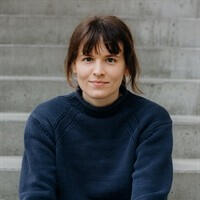
Barbara Mahler (Organizer)
KTH Stockholm
Email: [email protected]
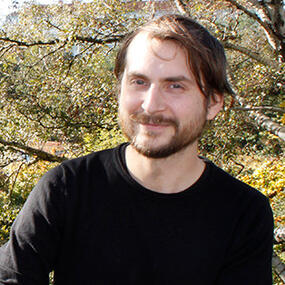
Christoffer Olsson (Organizer)
Postdoc at CBH, MTHS, KTH.
Email: [email protected]
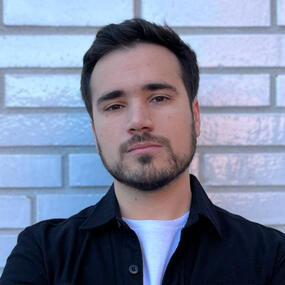
Gonzalo Uribarri (Organizer)
Postdoc at EECS, DCS, KTH & SciLifeLab.
Email: [email protected]
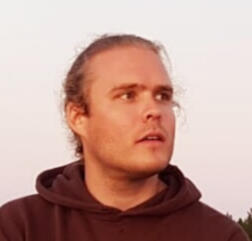
Henri Riihimäki (Organizer)
Nordita, Stockholm University
Email: [email protected]
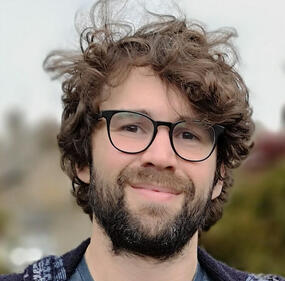
Jason Smith (Organizer)
Nottingham Trent University, Senior Lecturer
Email: [email protected]
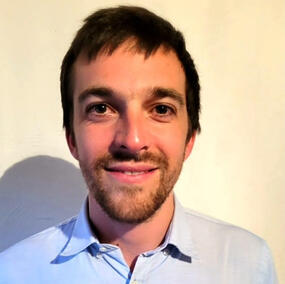
Pascal Helson (Organizer)
Postdoc at EECS, DCS, KTH & SciLifeLab.
Email: [email protected]
Previous EDITIONS
BrainNet+ is the results from the merging of two events that were held separately until last year, IBD and BrainNet. Information about these past events can be found on their websites: https://ibd2023.carrd.co/# and https://brainnet23.github.io.
Sponsors
This event is possible thanks to the sponsorship of KTH Life Science Platform, Digital Futures, Nordita and The Wallenberg Initiative on Networks and Quantum Information.
Location
During Mat 13, the event will take place in Salongen (Biblioteket) in the morning and in the Math Lunch Room in the evening. On May 14 and 15 the event will take place in the Digital Futures hub. Please see the KTH campus map below for reference.

Register for the event
There is an small fee of 200 Swedish Kronor (≈ 18 €) for in-person attendance to cover for coffee breaks and lunch during the 3 days of the workshop. In-person participants can also apply to give a contributed talk.For virtual attendance, this event is free of charge, but registration is still required.Seats for the in-person event are limited and will be allocated based on an evaluation of the registration, prioritizing participants' willingness to participate and the diversity of the audience.
If you have any questions or need more information about the event, please contact us:
We will try to reply your message as son as possible.
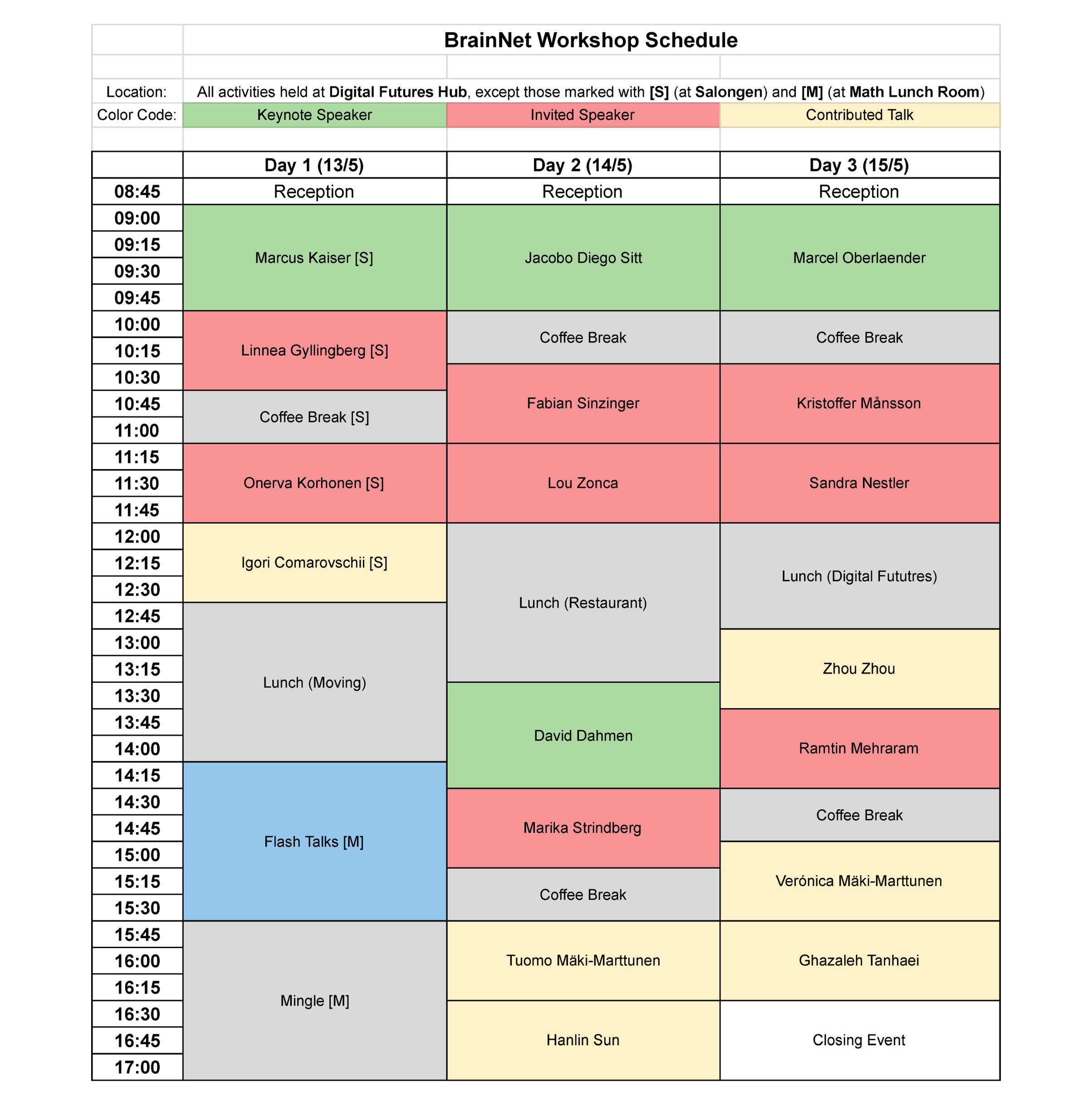
Program
| Day | Time | Topic | Keynote Speaker |
|---|---|---|---|
| June 8 | Morning | Modelling Session | Gustavo Deco |
| June 8 | Afternoon | Data Analysis Session | Peter Fransson |
| June 8 | Evening | Social Activity | -- |
| June 9 | Morning | Brain Imaging Session | Axel Thielscher |
| June 9 | Afternoon | Hands-On | -- |
| June 9 | Evening | Social Activity | -- |
Speaker Presentations
We have reached our full capacity for in-person attendance. If you register now, you will be placed on the waiting list in case there are cancellations.
(If we cannot accommodate you in person, you will automatically be registered as a virtual attendee).The number of virtual attendees is not limited.
Deadline: June 4
Talk Title:: The Thermodynamics of MindAbstract: We propose a unified theory of brain function called ‘Thermodynamics of Mind’ which provides a natural, parsimonious way to explain the underlying computational mechanisms. The theory uses tools from non equilibrium thermodynamics to describe the hierarchical dynamics of brain states over time. Crucially, the theory combines correlative (model-free) measures with causal generative models to provide solid causal inference for the underlying brain mechanisms. The model-based framework is a powerful way to use regional neural dynamics within the hierarchical anatomical brain connectivity to understand the underlying mechanisms for shaping the temporal unfolding of whole-brain dynamics in brain states. As such this model-based framework fitted to empirical data can be exhaustively investigated to provide objectively strong causal evidence of the underlying brain mechanisms orchestrating brain states.
